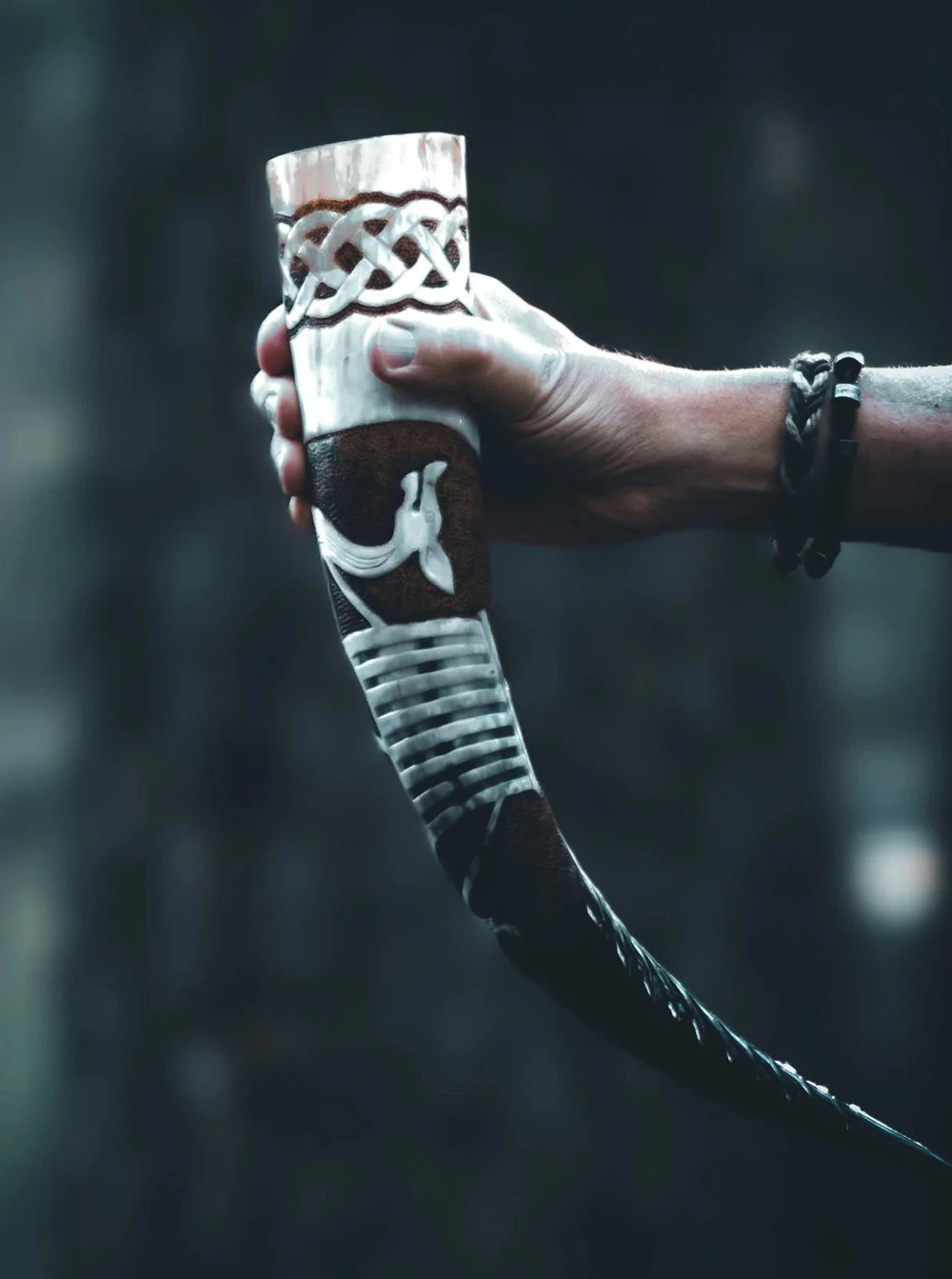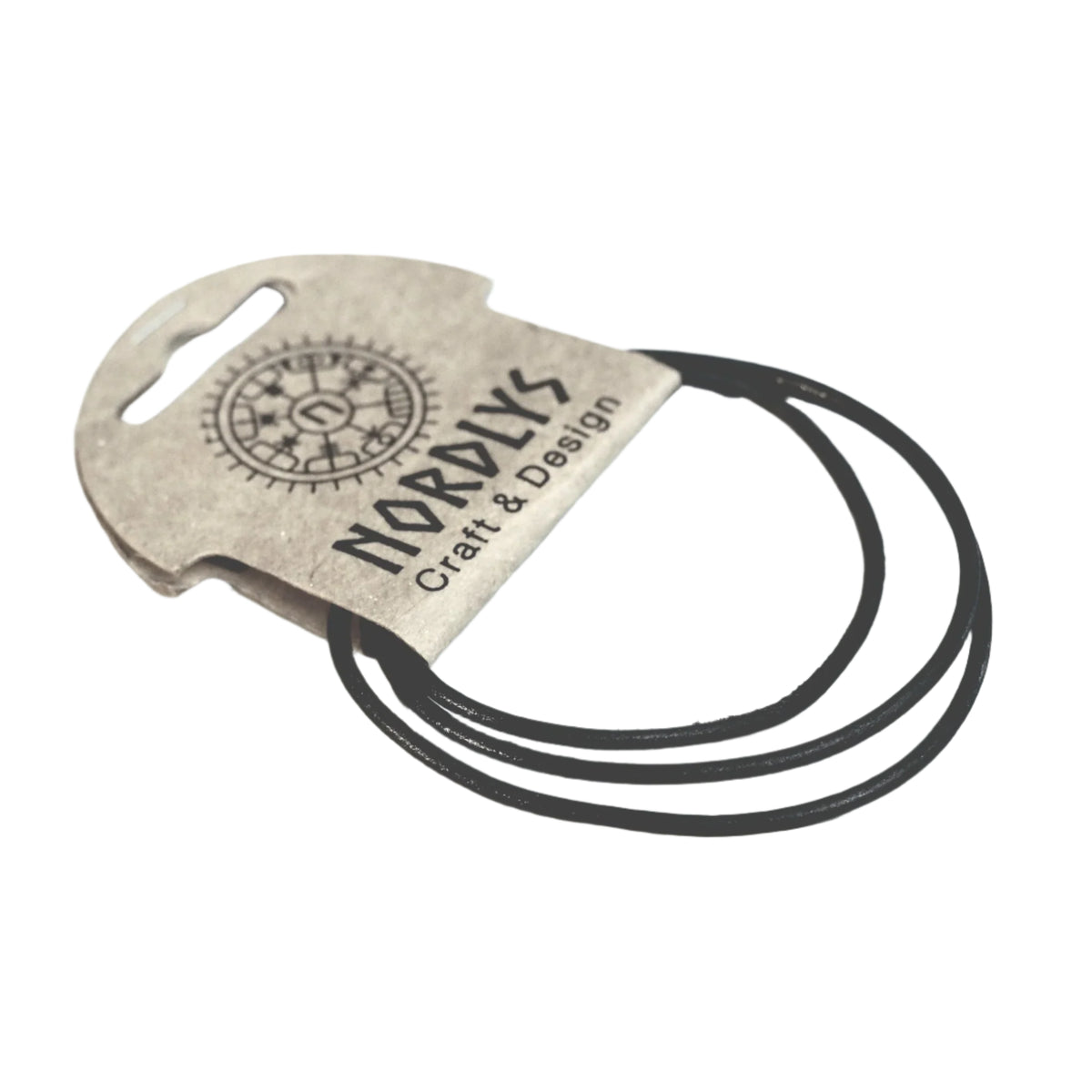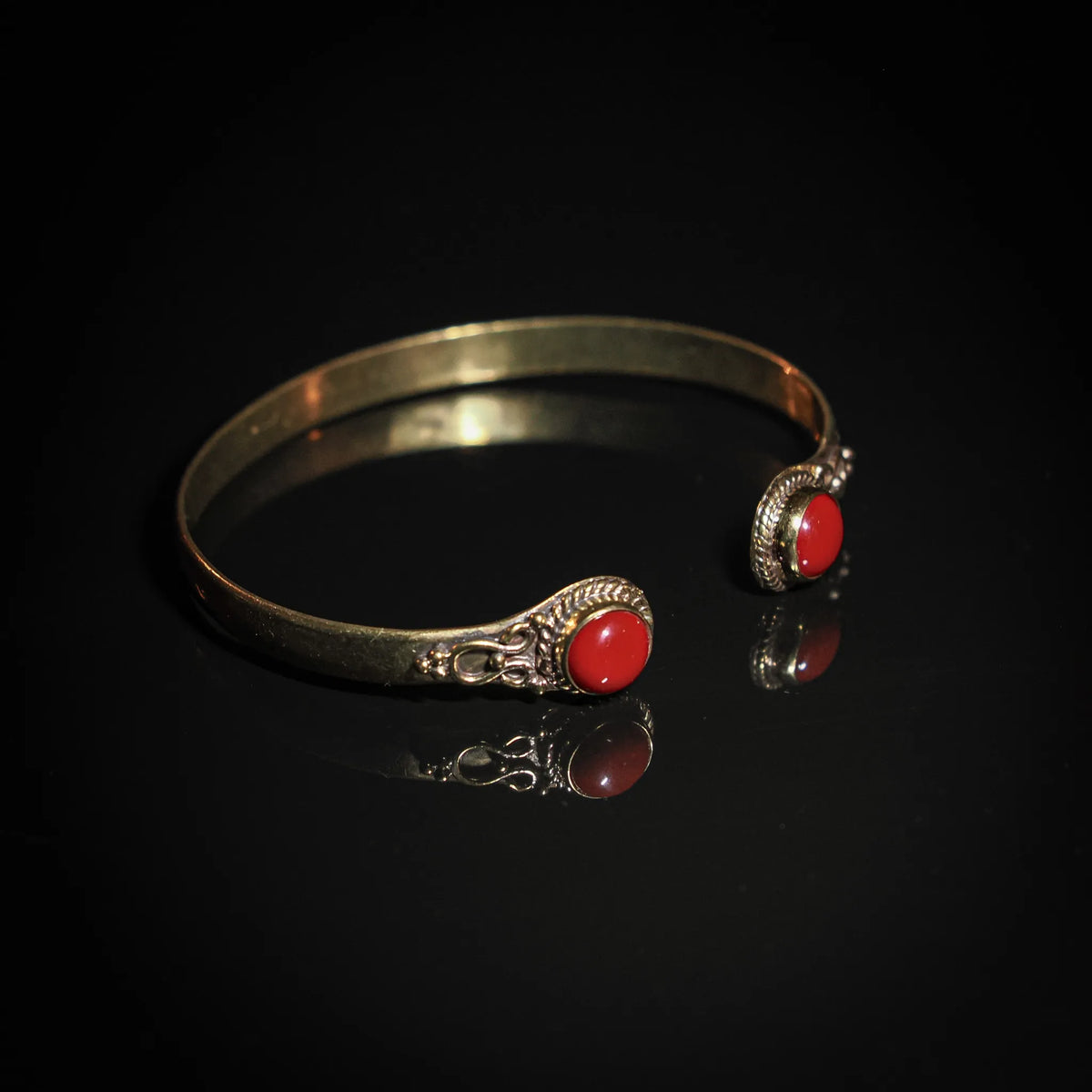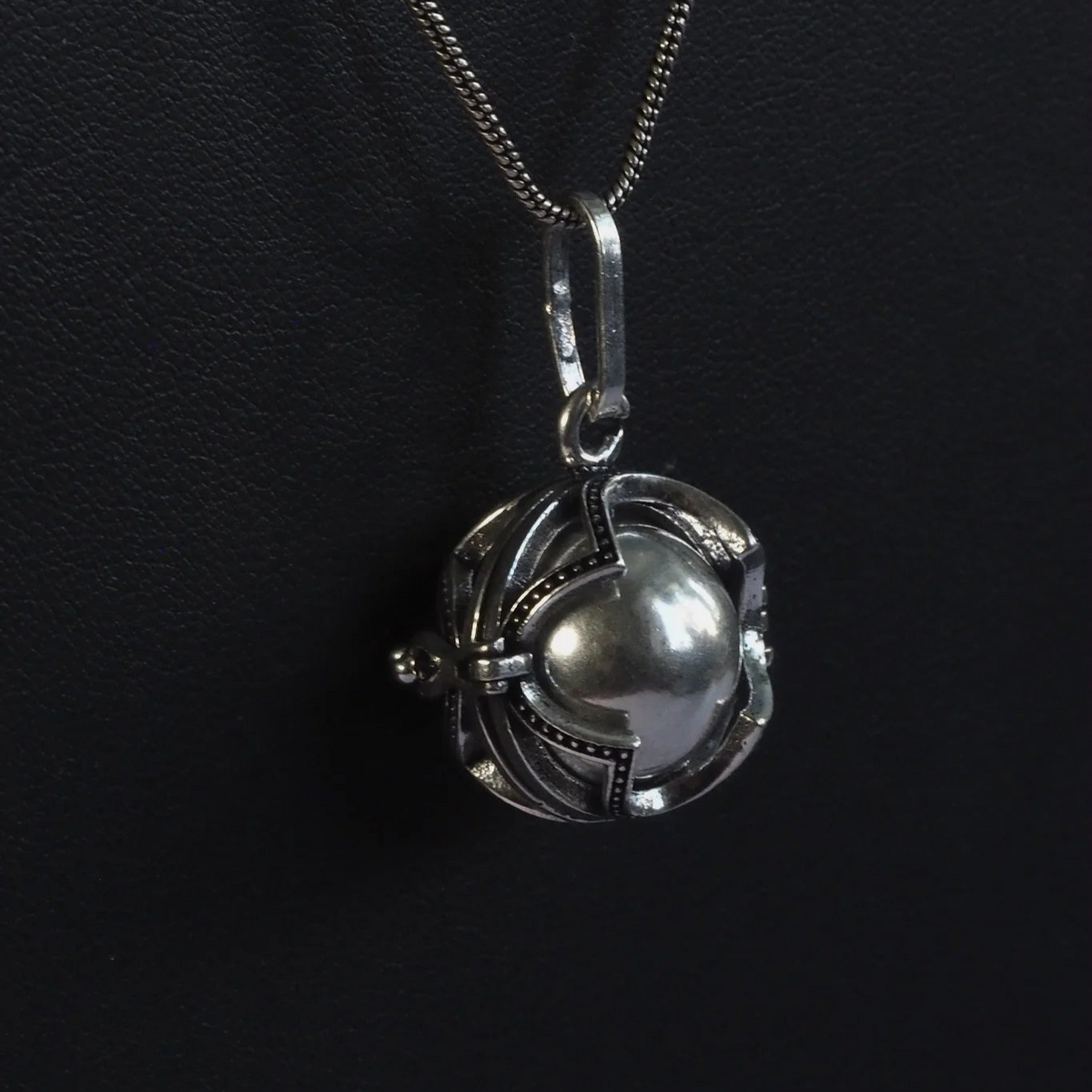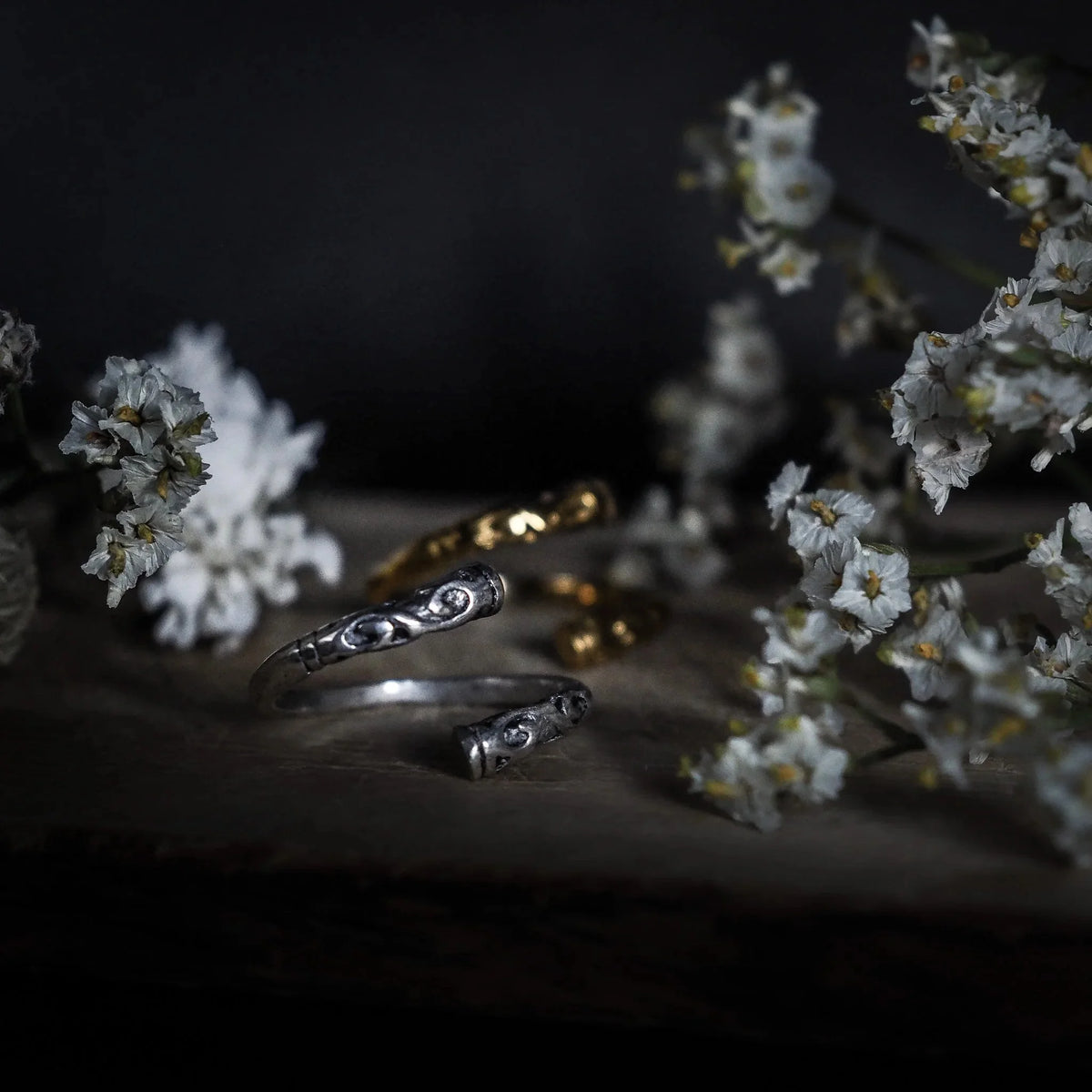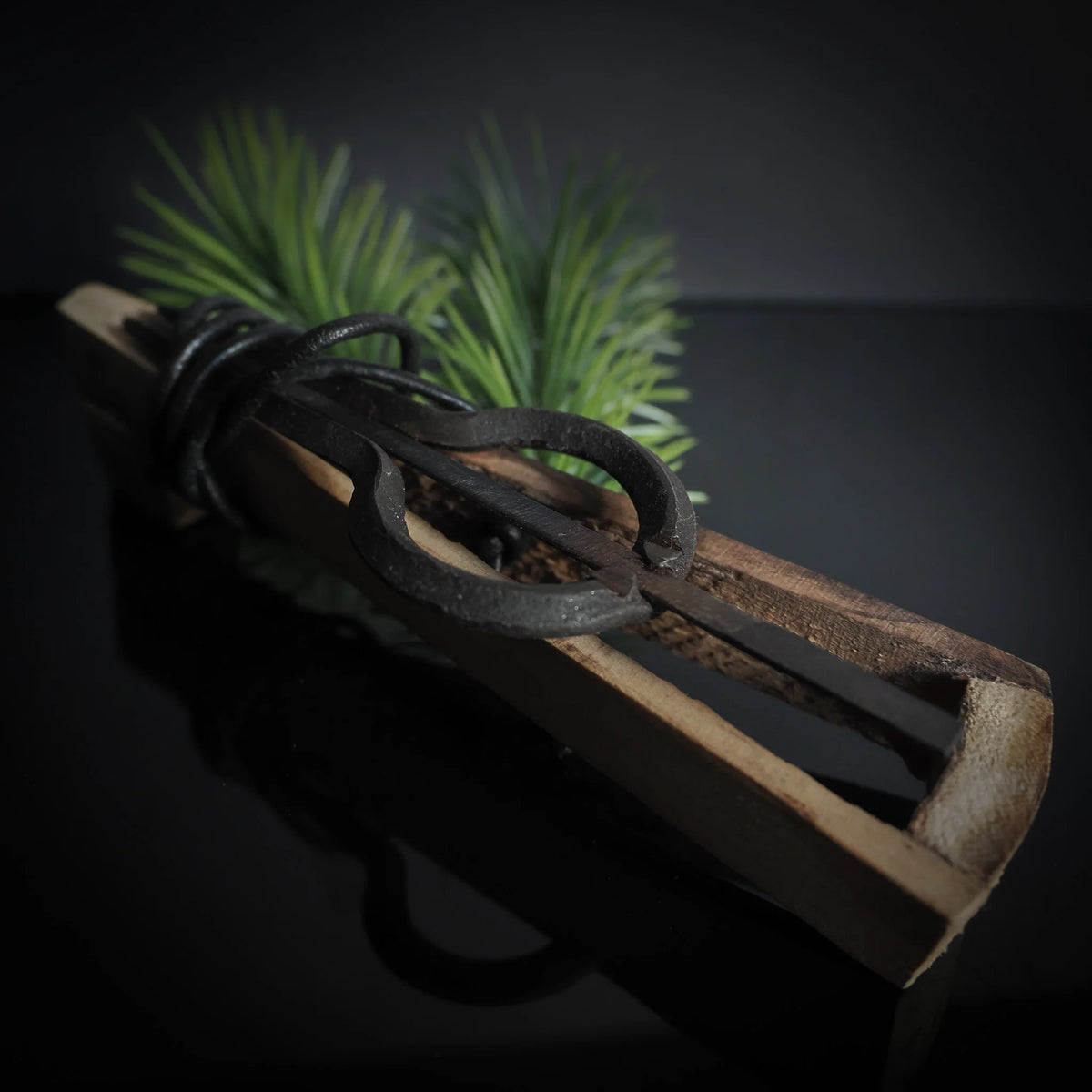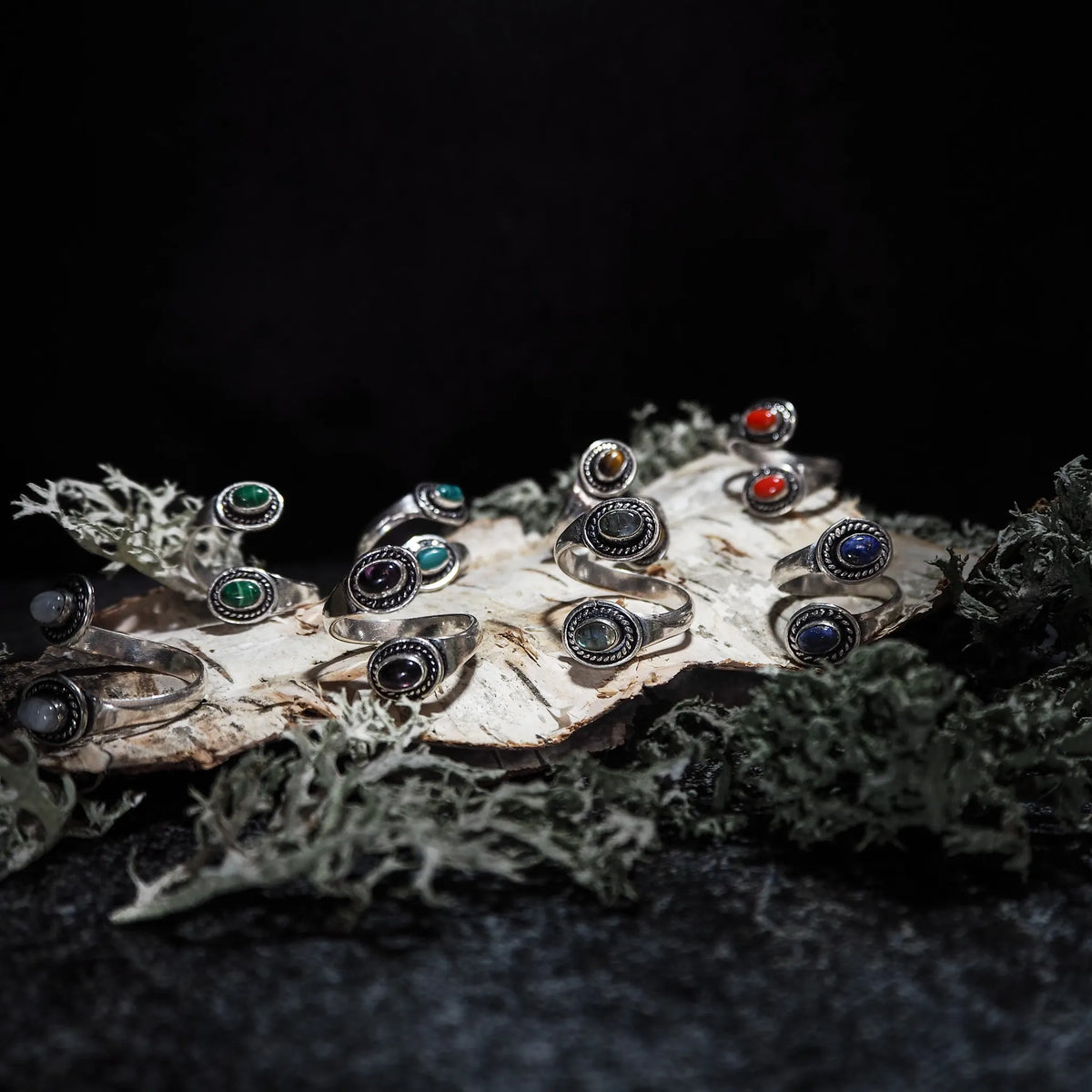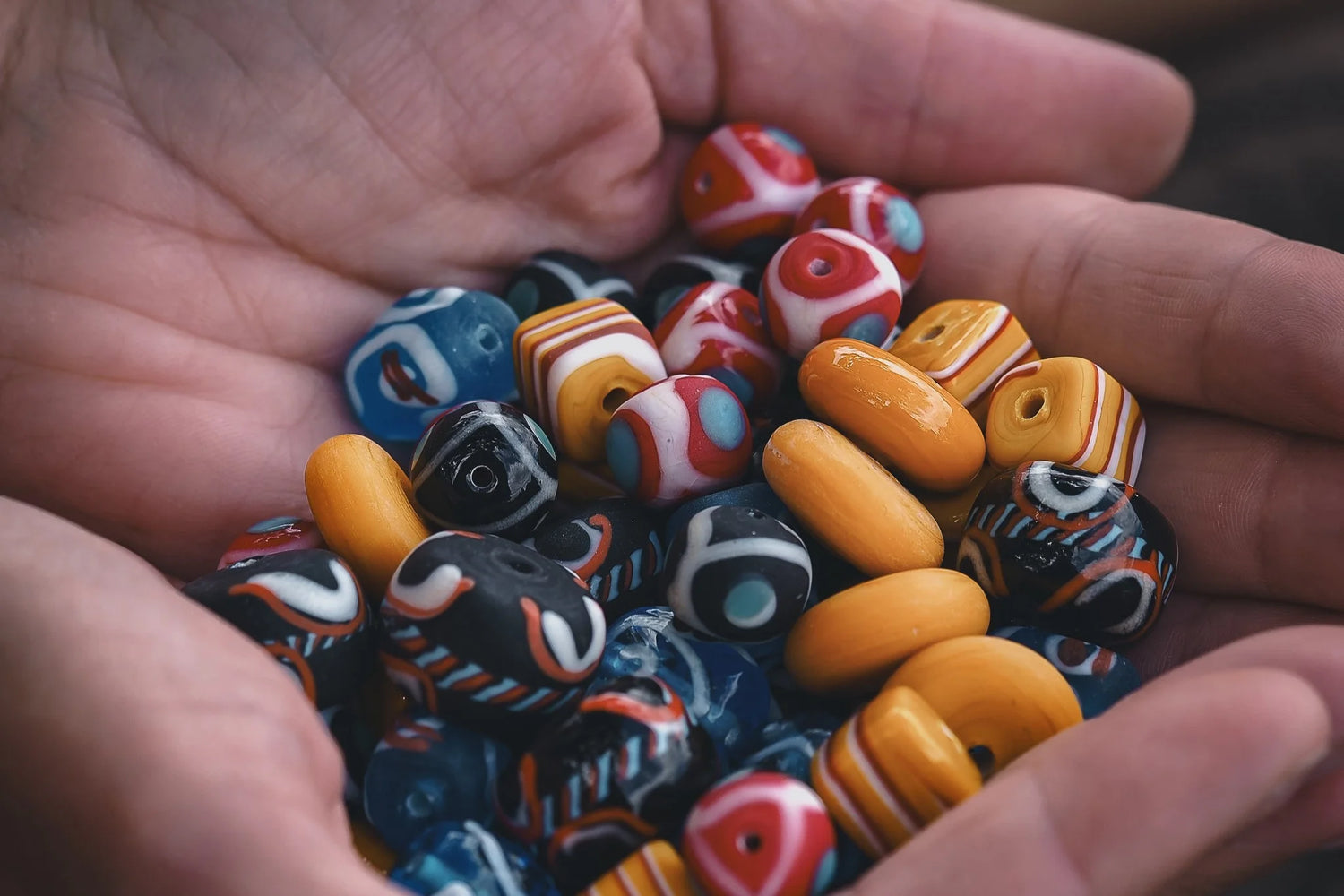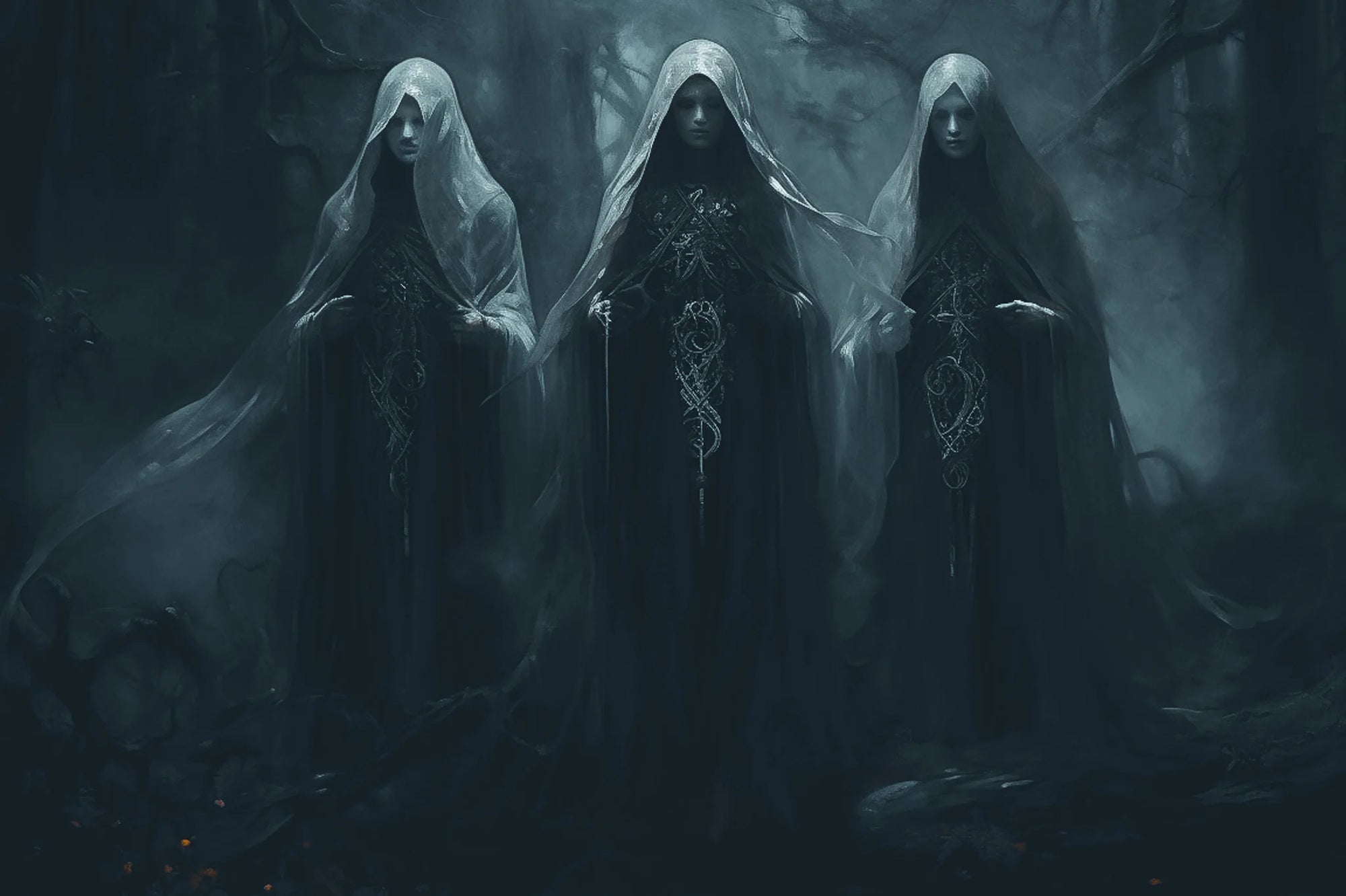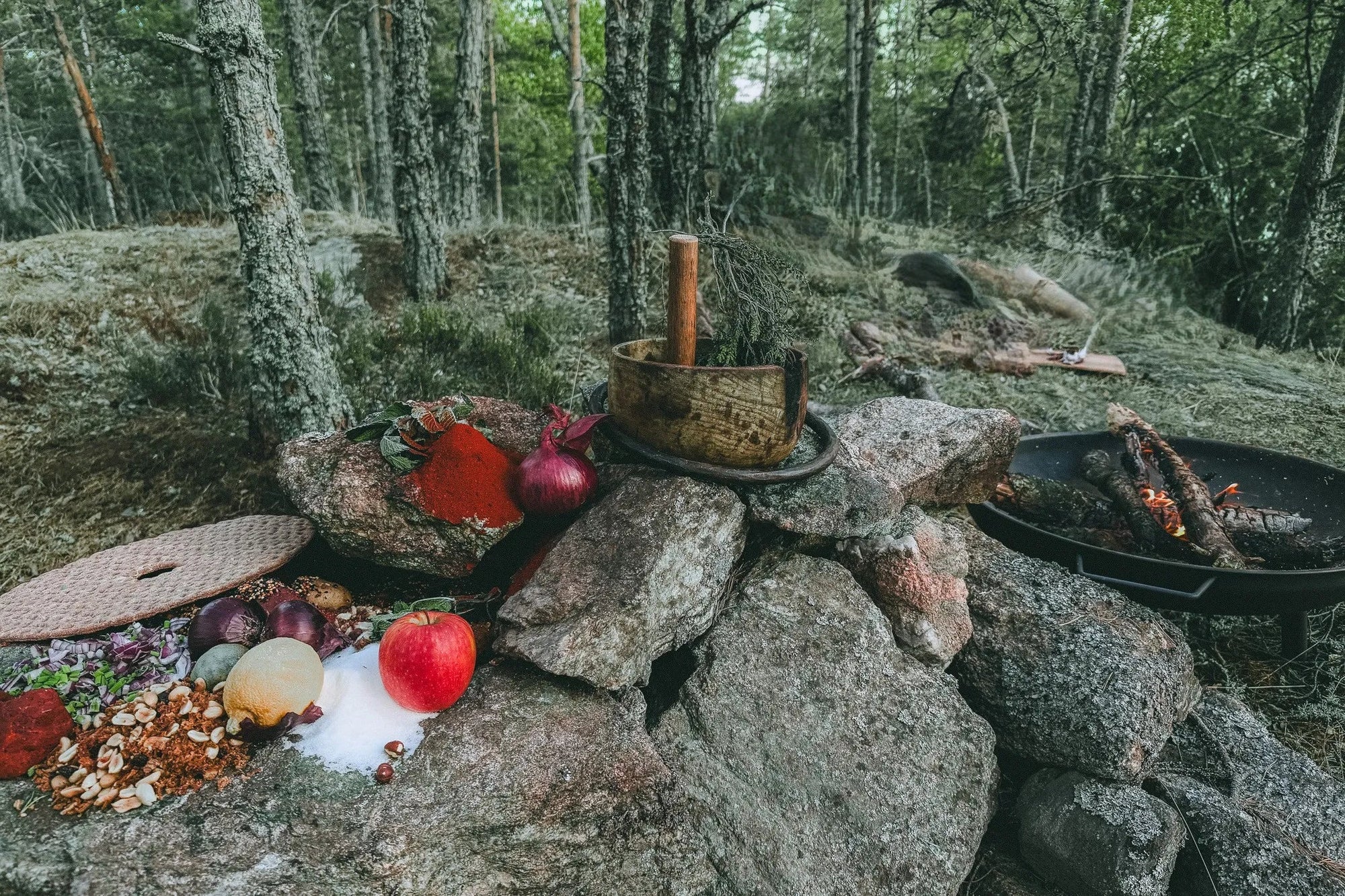In this part two, we will take a closer look at what pearls were used for during the Viking Age and what significance they may have had. Before we dive into that, I want to draw attention to an article by Marco Bianchi "The Runestone as a social medium". There he discusses how rune stones functioned in a way like hashtags do in today's social media where the purpose is to market a person through recurring words and expressions that people recognize as well as famous/mythical places that are mentioned, think Dubai today or Constantinople in the Viking Age.
This mindset can be partially applied to pearls as well, though not as social media but more as a combination of candy pickers and sports cars. This is not my own idea but my good friend Merlin once said: "The Vikings didn't have sports cars, but they had glass beads". The phenomenon is deeper than that, but this way of thinking is, in my opinion, a good starting point for understanding the meaning behind pearls.
Ever since we became settled farmers about 12,000 years ago, we have been able to collect and save things like never before, it was more difficult when you were hunter-gatherers and had to carry everything yourself. This has given rise to all possible ways of showing off one's wealth, in today's society the sports car is a good example of one of the ways one shows off one's wealth. The sports car is just as inconsequential as a glass bead to one's survival, yet we still collect them when we have some spare cash!
In addition to displaying wealth and status, pearls of specific shades or colors may have been more popular in some places than others, at Lovö in Mälaren the archaeological source material for pearls is dominated by spun monochrome (i.e. one-coloured) pearls of red colour.

It can be a sign of a trend within the region or for the family, it can be a result of symbolism related to the color. It may also be a result of the availability of the pearls in question, as thousands of shards of glass have been found about 1 mile north in Mälaren on Helgö. The dates on Helgö range from the Roman Iron Age (1 AD – 400 AD) to the end of the Viking Age (around 1050 AD).
Other examples of how colors can vary come from Hedeby, where excavations have been made in the Viking-era town centre, the cemetery and the harbour. All locations show different combinations of colors and pearls. The excavations of the city center show that blue, green and red beads predominate while yellow, orange and white occur in smaller quantities, this is reflected in the burial material which strengthens the idea that there was an idea of what was the "correct" color combination.
In Hedeby harbor, just under 1,000 pearls have been found, of which the most common are monochrome pearls, and more than half of these come from one and the same find, a purse with almost 600 blue pearls and seven gold coins. The combination of coins and pearls in the same exchange may indicate that some pearls were used as currency, but this cannot be confirmed. The exchange in question was probably dropped from a jetty or boat around the year AD 830. based on one of the coins minted in AD 822. of Louis the Pious who ruled in today's France.

Text: Robert Guildford
